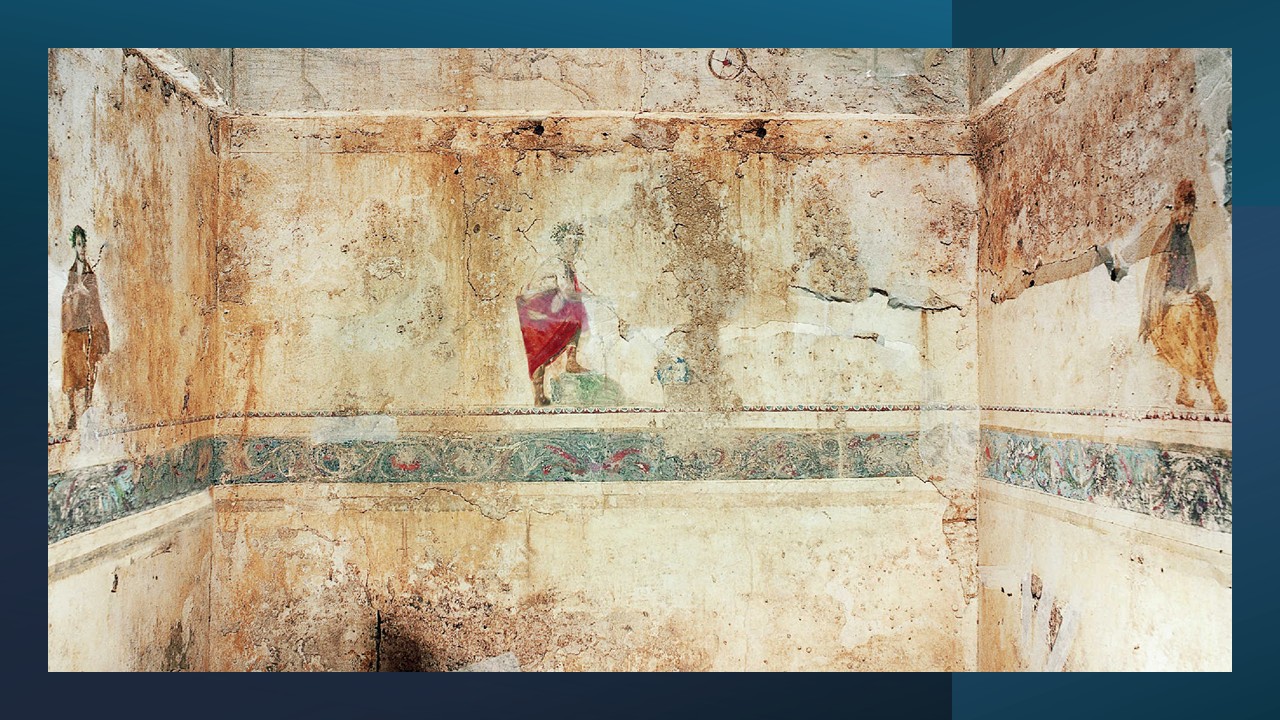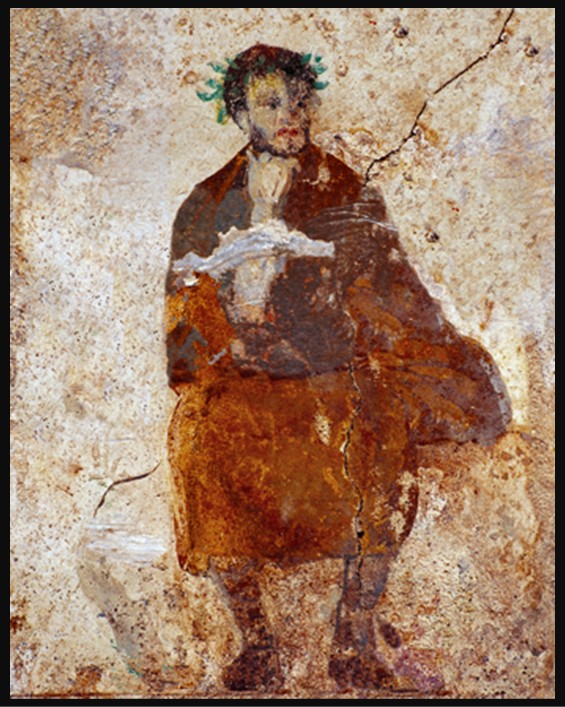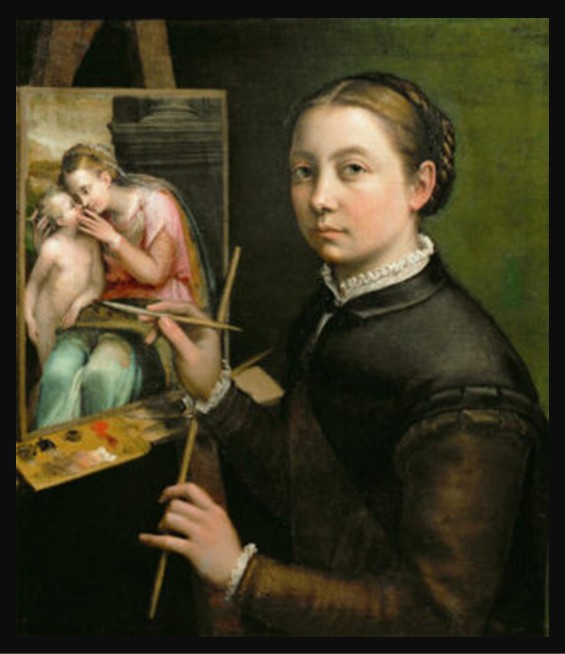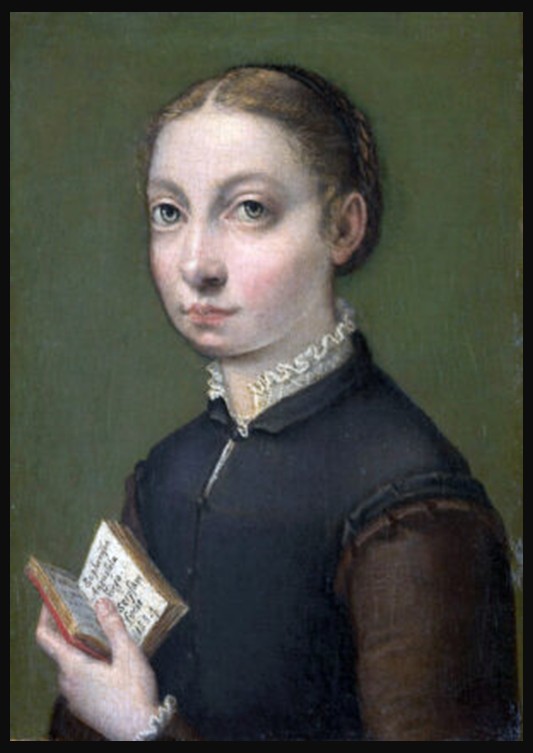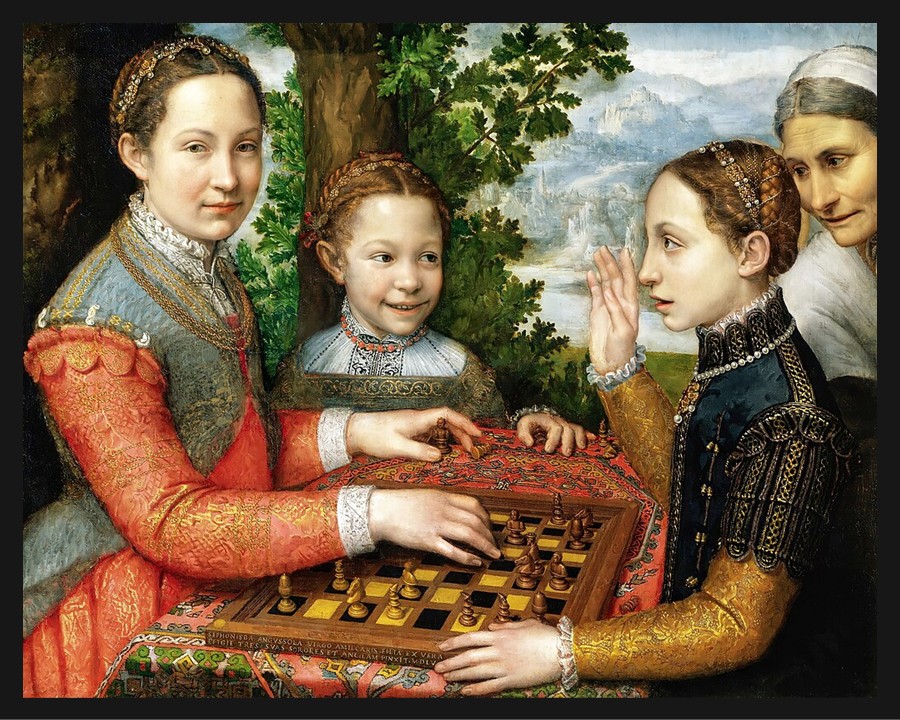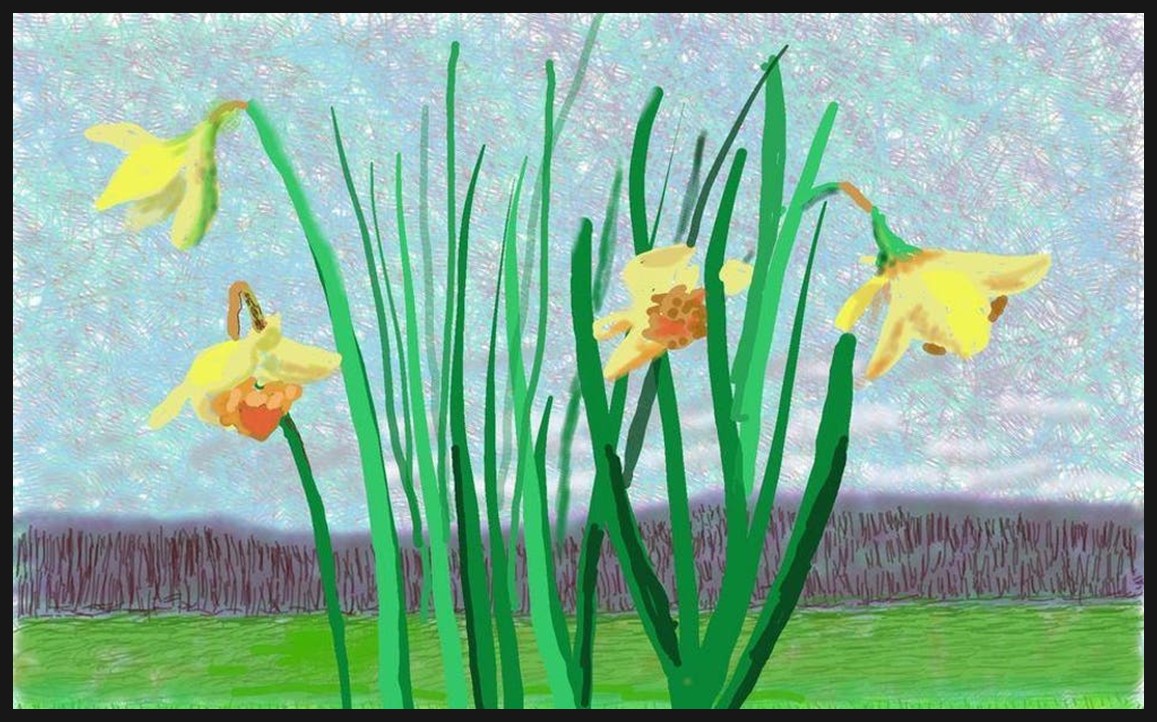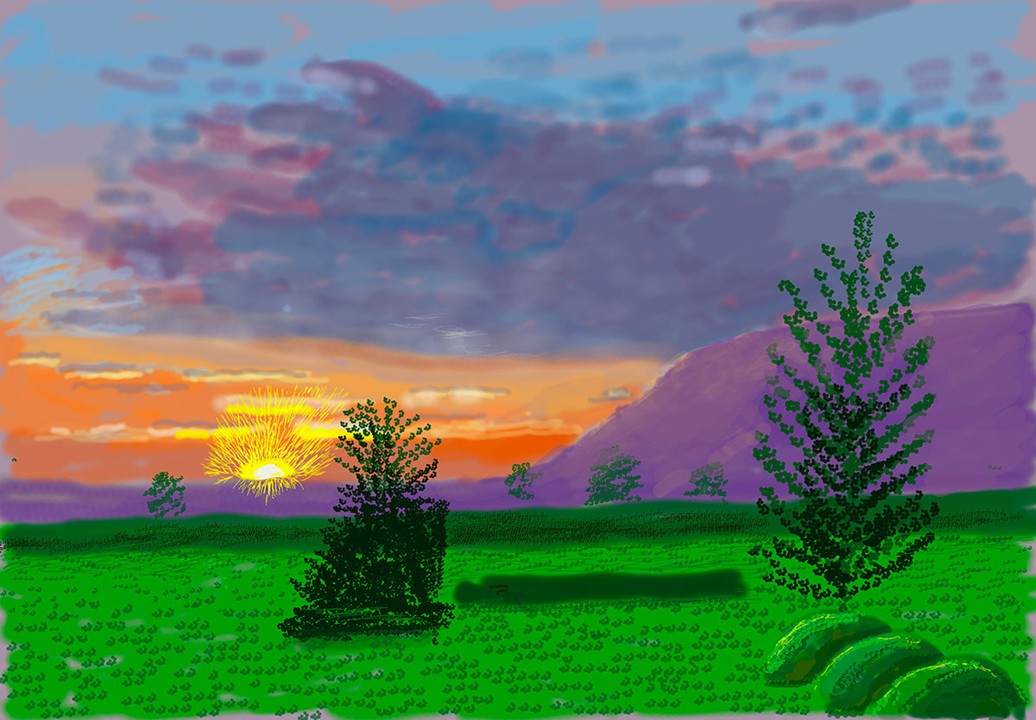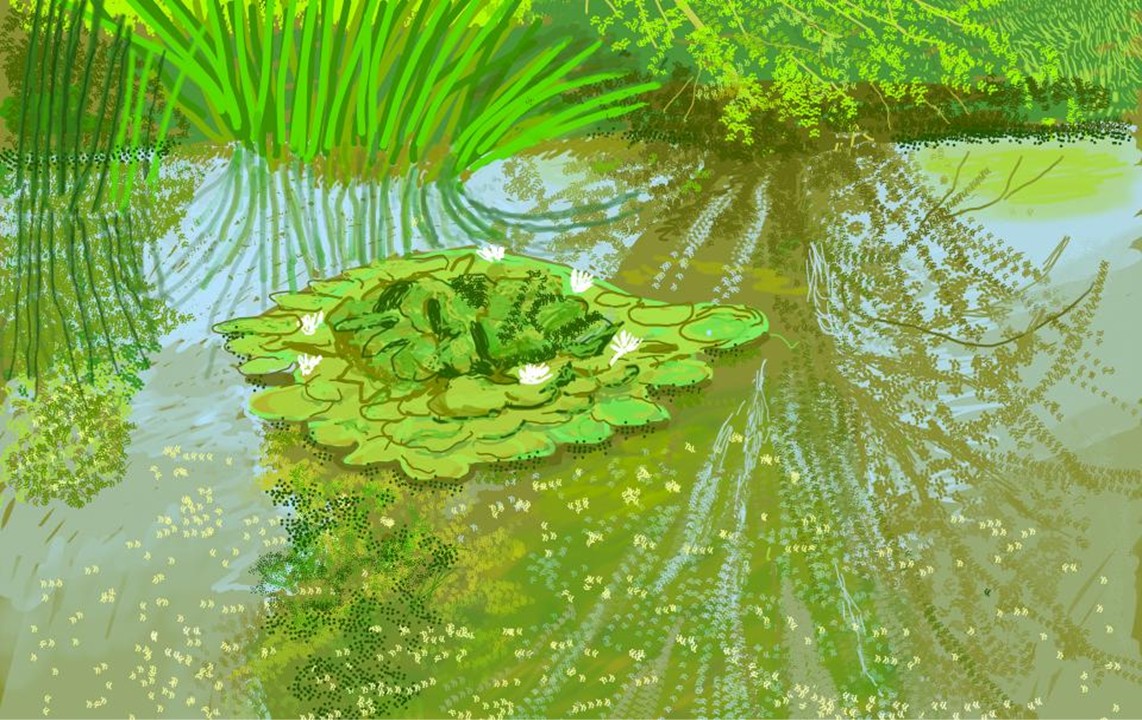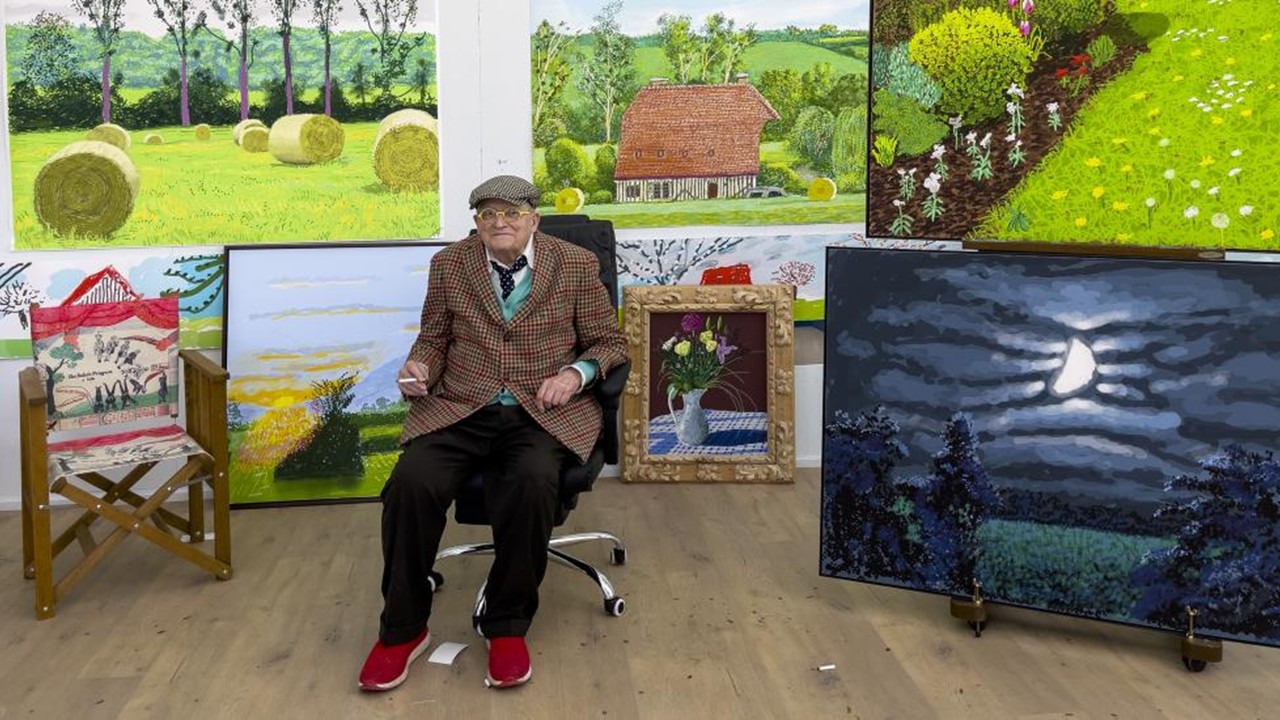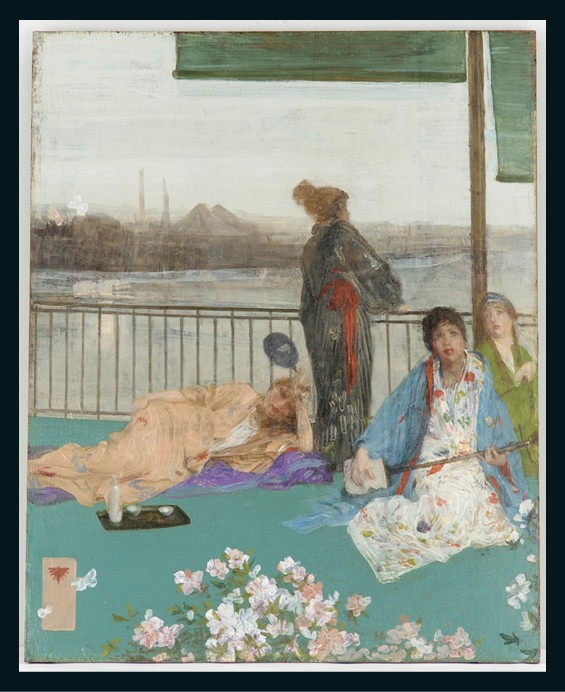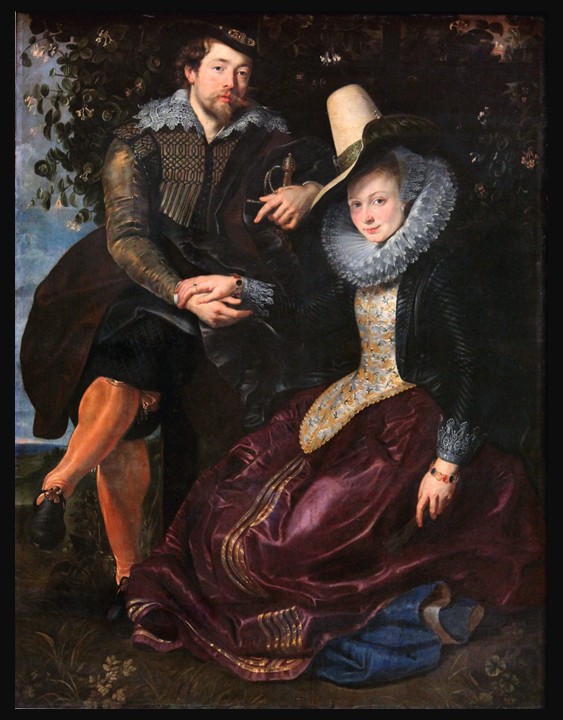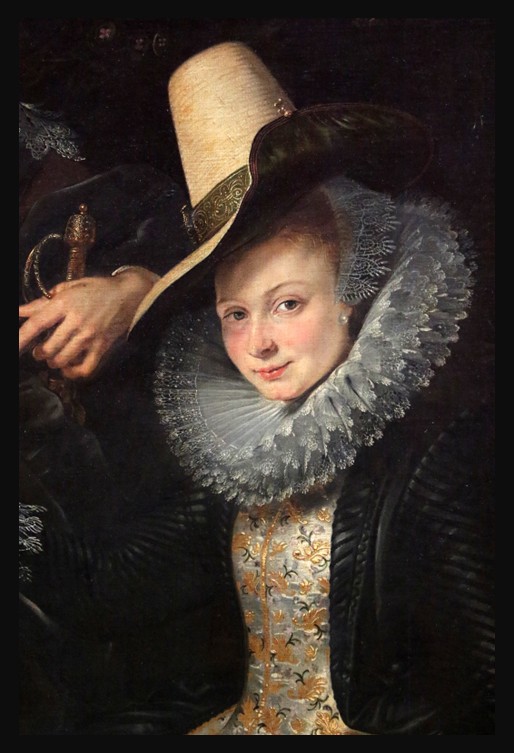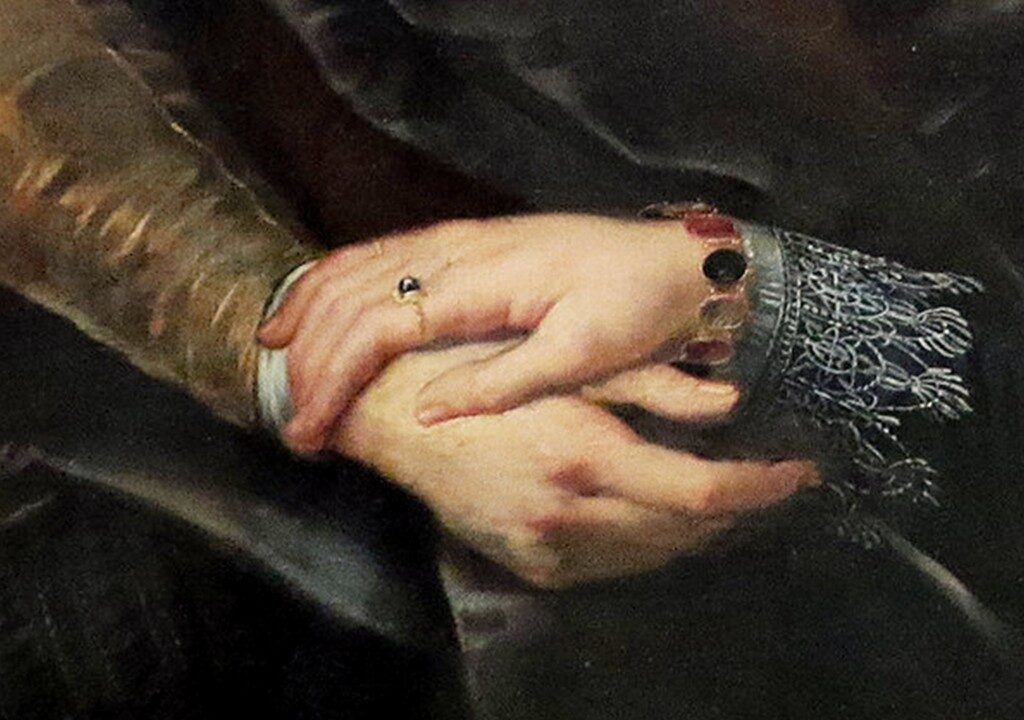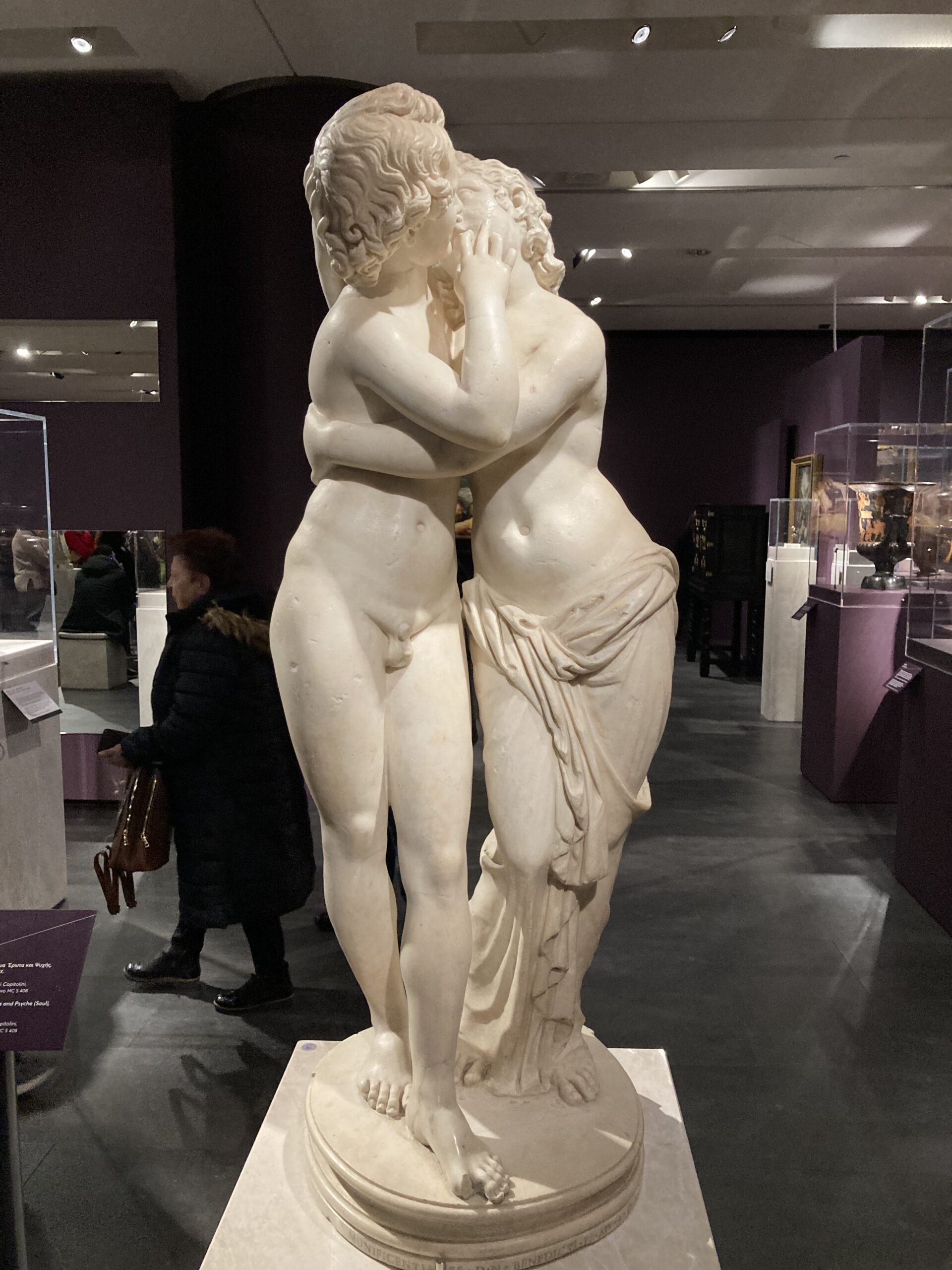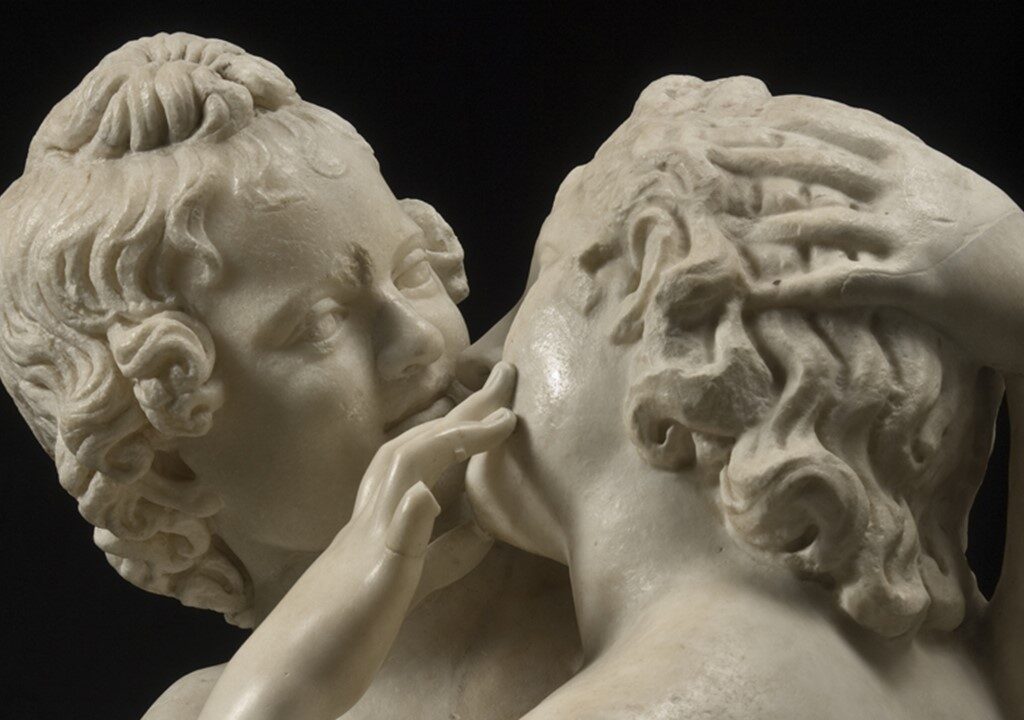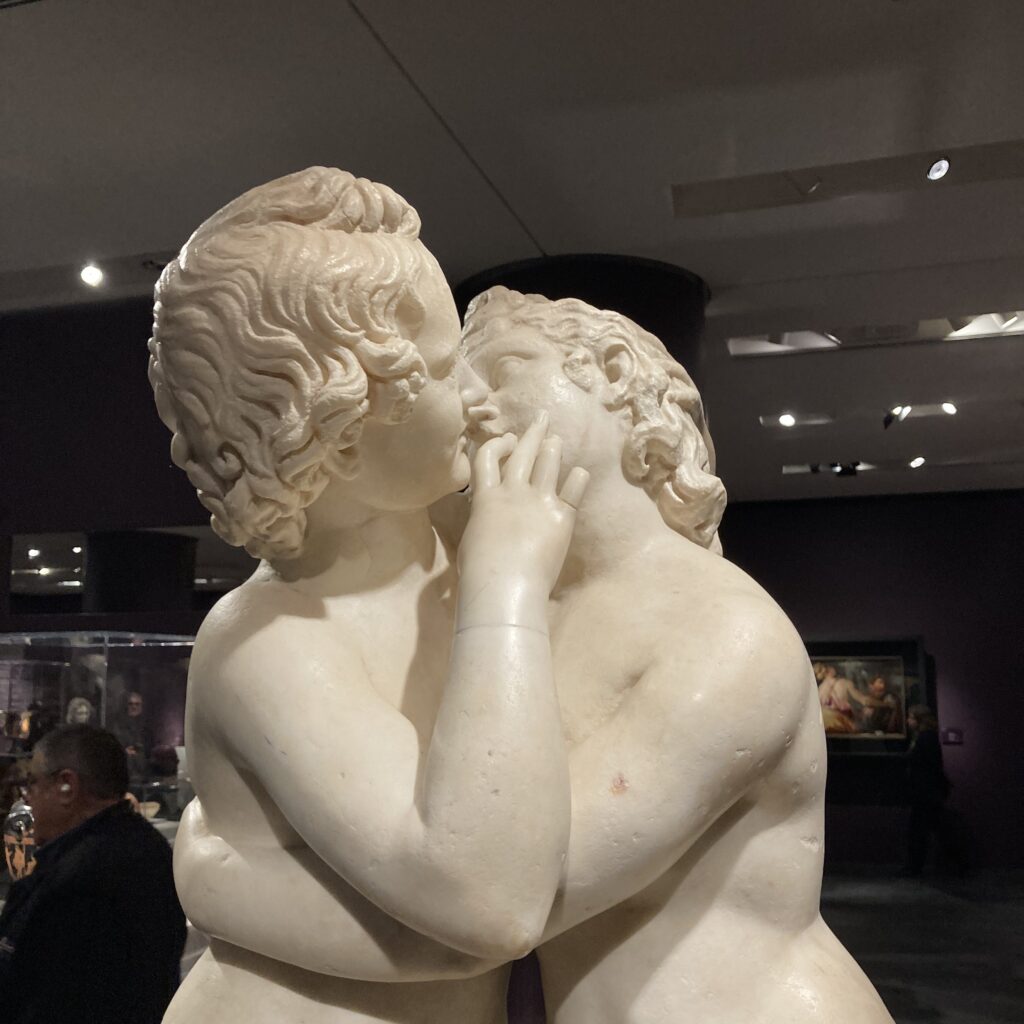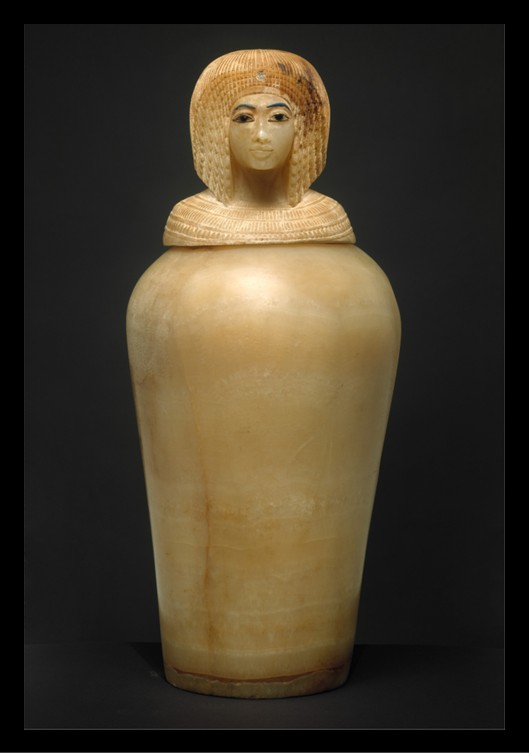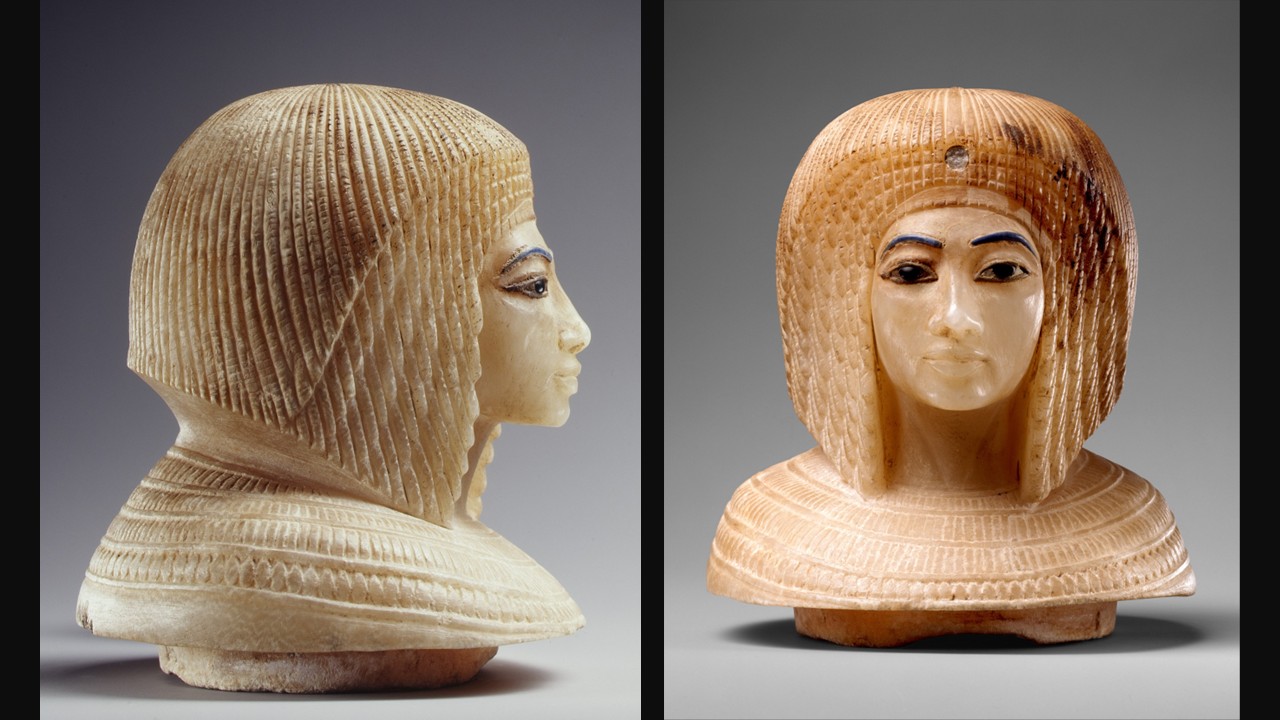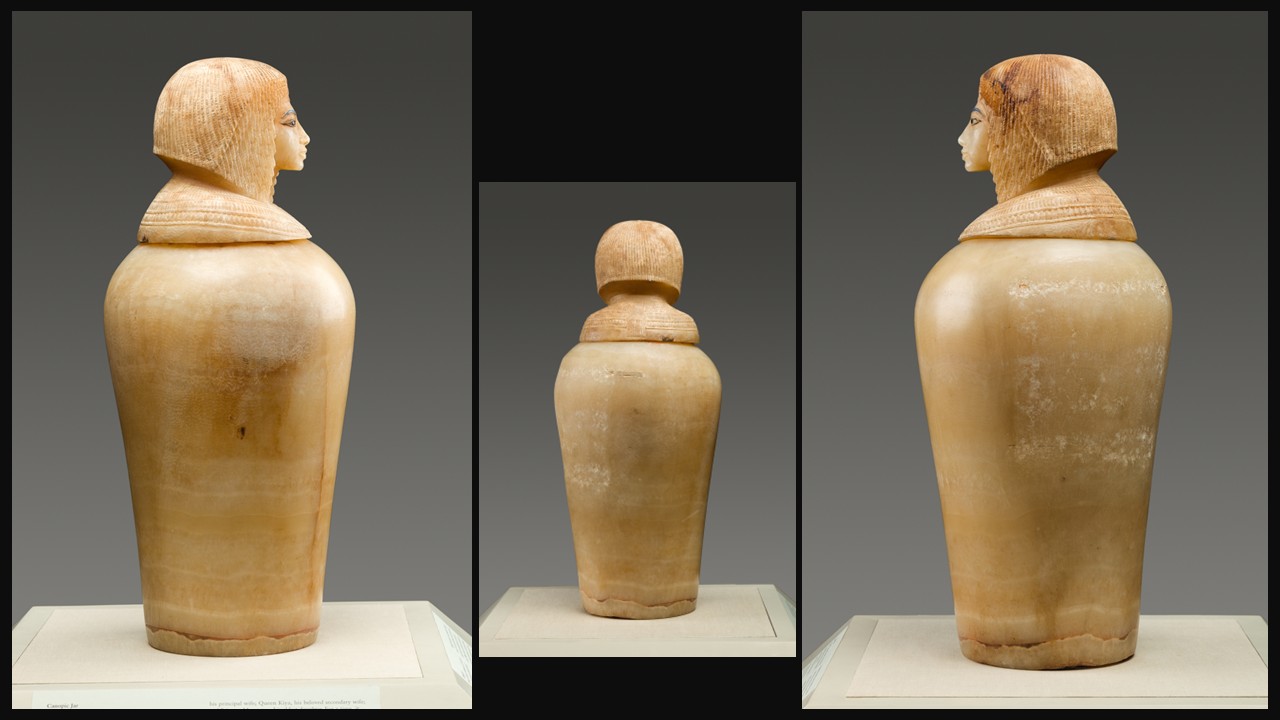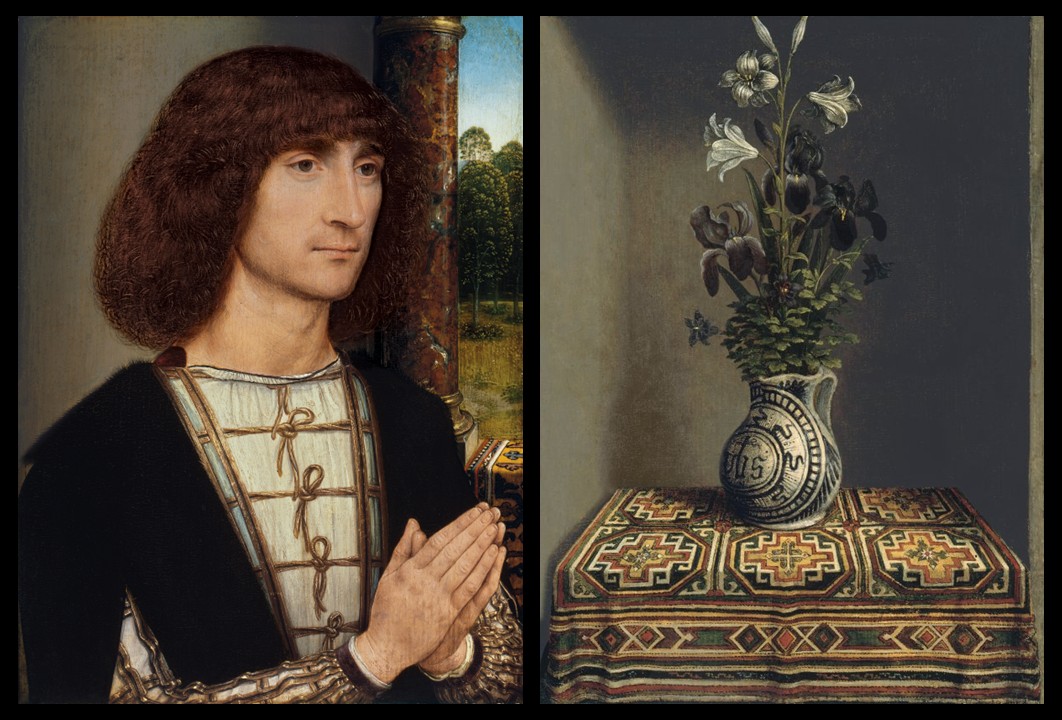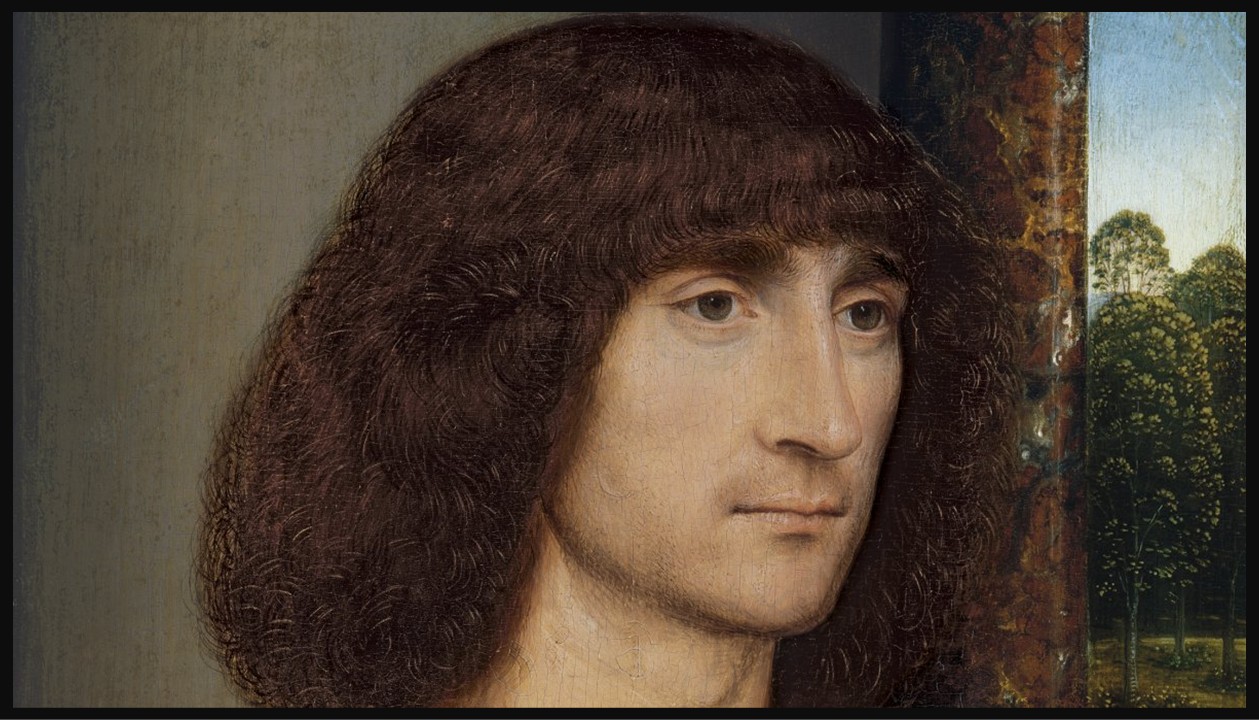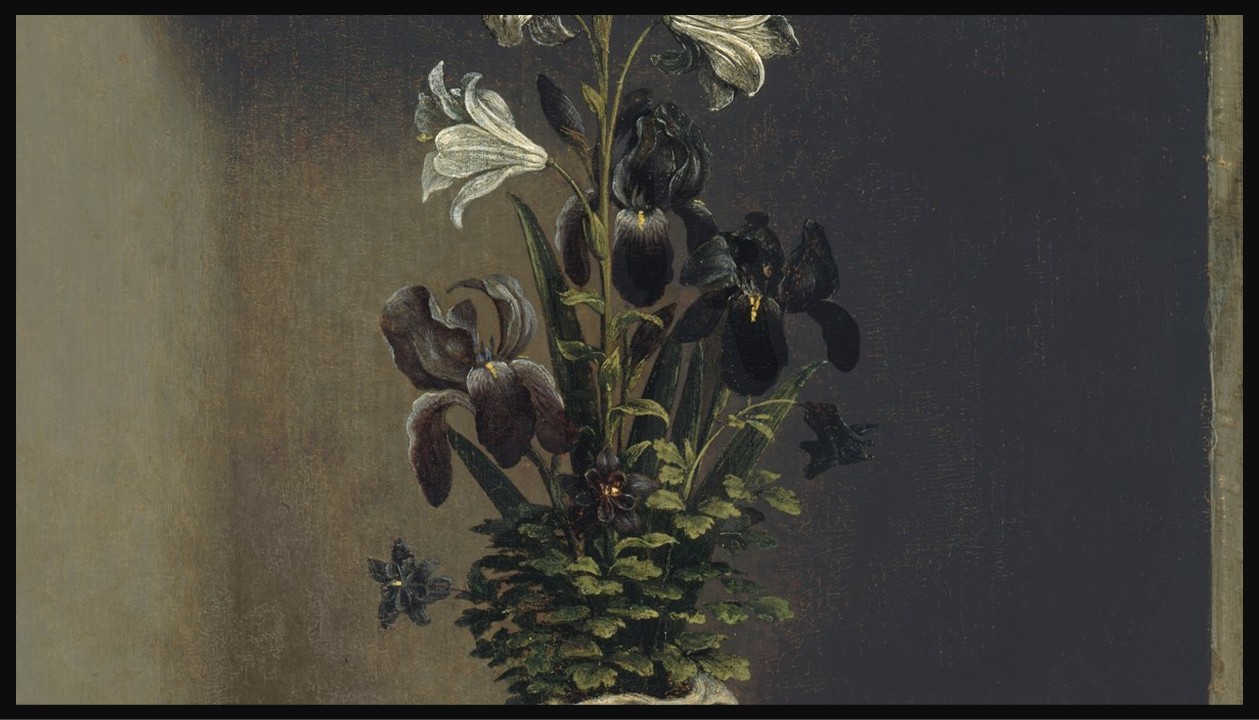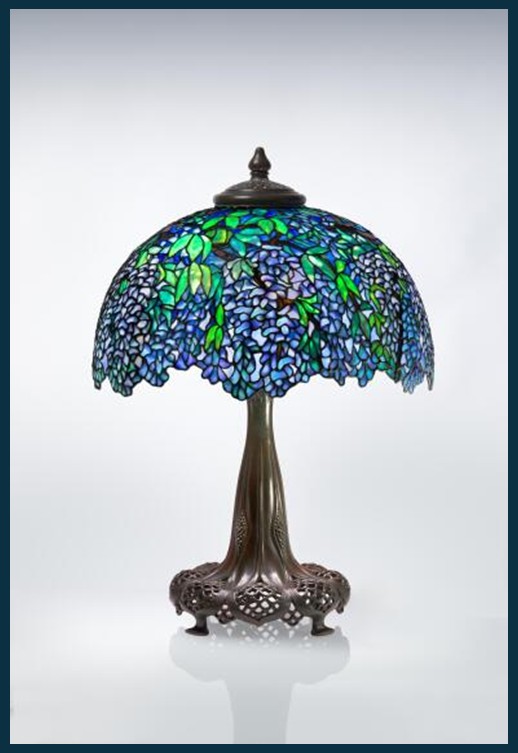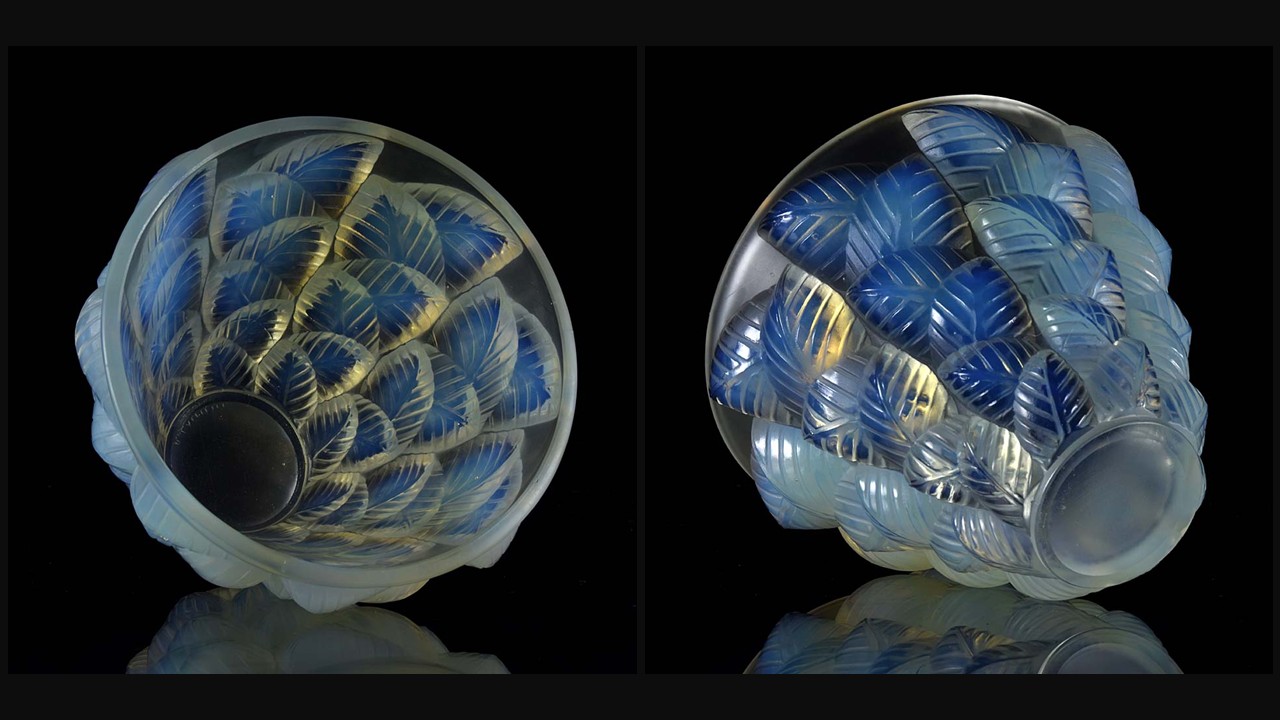
Moissac Vase, c. 1930, Opalescent Glass, Height: 13 cm, Private Collection https://hickmet.com/products/rene-lalique-moissac-vase?srsltid=AfmBOopKGBdoz2qgOWYJy5s3FAq5xmPJq2A1jCN-QQW4gMqEHjEXwrhK
Glass is a marvellous material, capable of transforming light, texture, and form into extraordinary works of art. Few creators have harnessed its potential as masterfully as René Lalique, a visionary whose work epitomizes the elegance and innovation of the Art Deco era. Renowned for his ability to merge artistic vision with technical precision, Lalique redefined glassmaking in the early 20th century, crafting pieces that are as functional as they are breathtaking. Moissac Vase by René Lalique stands as a testament to his unparalleled creativity and craftsmanship, embodying the timeless beauty and sophistication that have cemented his legacy as one of history’s most important glassmakers.
The artist’s profound appreciation for glass is evident throughout his career. Originally a master jeweler, Lalique began experimenting with glass in the 1890s, incorporating it into his jewelry designs. By 1910, he had established a glass factory at Combs-la-Ville, France, and in 1918, he acquired a larger factory at Wingen-sur-Moder, France. His innovative use of glass in various forms, from jewelry to architectural elements, underscores his belief in its versatility and beauty.
René Lalique’s foray into glassmaking in the early 20th century marked a transformative and defining moment in his career, elevating him from master jeweler to an iconic and groundbreaking glassmaker. This transition started around 1907 when Lalique began collaborating with perfumer François Coty, designing ornate glass perfume bottles that combined elegance with practicality. Recognizing the artistic and commercial potential of glass, Lalique expanded his focus to creating a wide range of glass objects, including vases, bowls, lighting fixtures, and decorative panels.
The turning point came in 1910 when Lalique established his first glass workshop in Combs-la-Ville, France. By 1918, he had acquired a larger glass factory in Wingen-sur-Moder, Alsace, to meet increasing demand. Lalique’s move to glassmaking was driven by his desire to democratize art, using glass as a medium to create affordable yet exquisitely designed objects accessible to a broader audience. His innovative techniques, such as combining frosted and polished surfaces and using molds for intricate designs, allowed him to produce stunning pieces that were both artistic and functional. This shift cemented his legacy as one of the most influential creators of Art Deco glass.
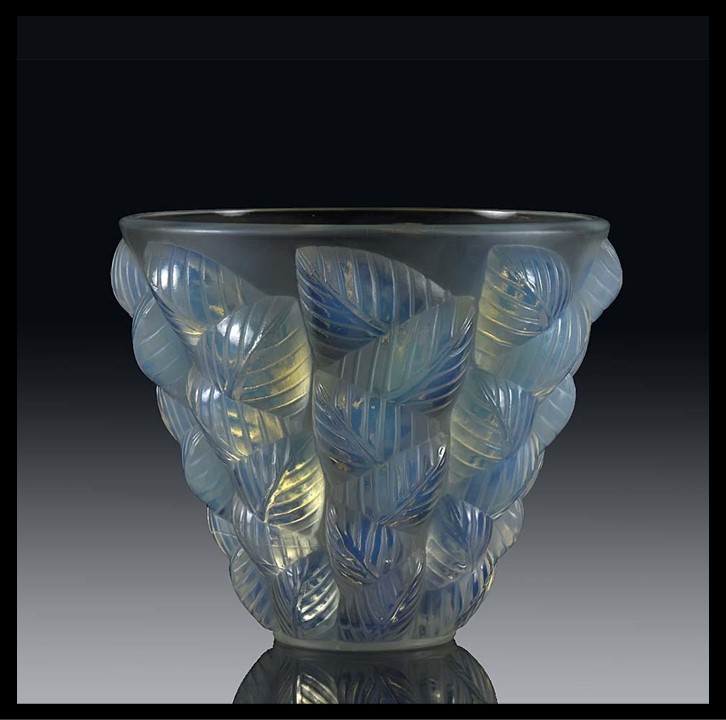
Moissac Vase, c. 1930, Opalescent Glass, Height: 13 cm, Private Collection https://hickmet.com/products/rene-lalique-moissac-vase?srsltid=AfmBOopKGBdoz2qgOWYJy5s3FAq5xmPJq2A1jCN-QQW4gMqEHjEXwrhK
The Moissac Vase by René Lalique is a stunning example of early 20th-century French decorative art. Crafted in 1927, this glass masterpiece exemplifies Lalique’s ability to seamlessly blend functionality with artistic sophistication. The vase is a cylindrical form with a wider rim, tapered at the bottom, designed to evoke the grandeur and symmetry of Romanesque architectural capitals. Its surface is adorned with a repeating relief pattern of stylized leaves, meticulously rendered to create a sense of organic rhythm. Its opalescent finish, emphasizing the intricate details of the design, enhances its ethereal quality, casting a soft, radiant glow that transforms it into a luminous celebration of nature and form.
From an aesthetic perspective, the Moissac Vase embodies the essence of Art Deco elegance, characterized by its streamlined forms and geometric ornamentation. The motif of ‘leaves’, a timeless symbol of abundance and vitality, is depicted with a balance of naturalism and abstraction, reflecting Lalique’s mastery in synthesizing artistic traditions and modernist trends. The vase’s play of light, achieved through its frosted texture and the sculptural depth of its relief, lends it a dynamic, almost otherworldly glow. This interplay of texture and translucence transforms the vase into not just a decorative object but a celebration of light, form, and nature, showcasing Lalique’s unparalleled ability to harmonize artistry and craftsmanship.
For a PowerPoint Presentation, titled 10 Glass Masterpieces by René Lalique, please… Check HERE!
